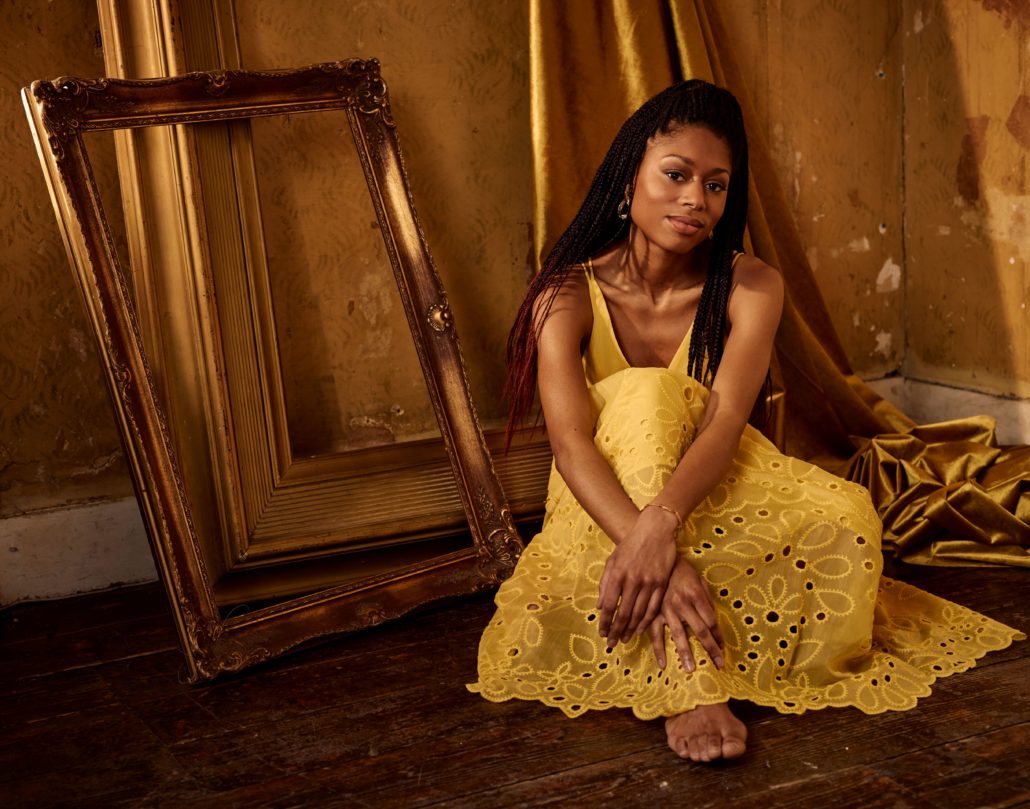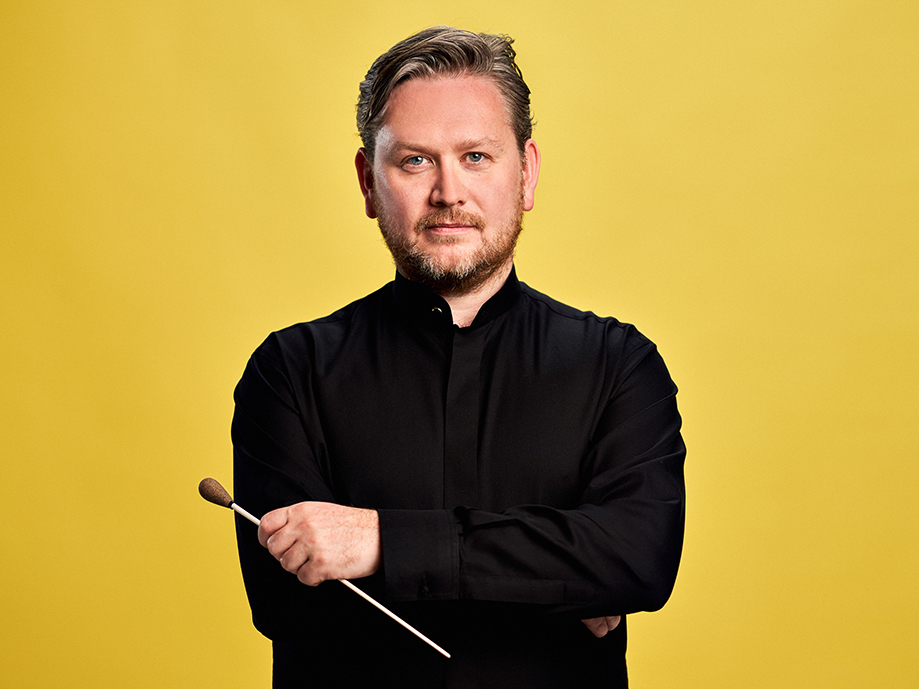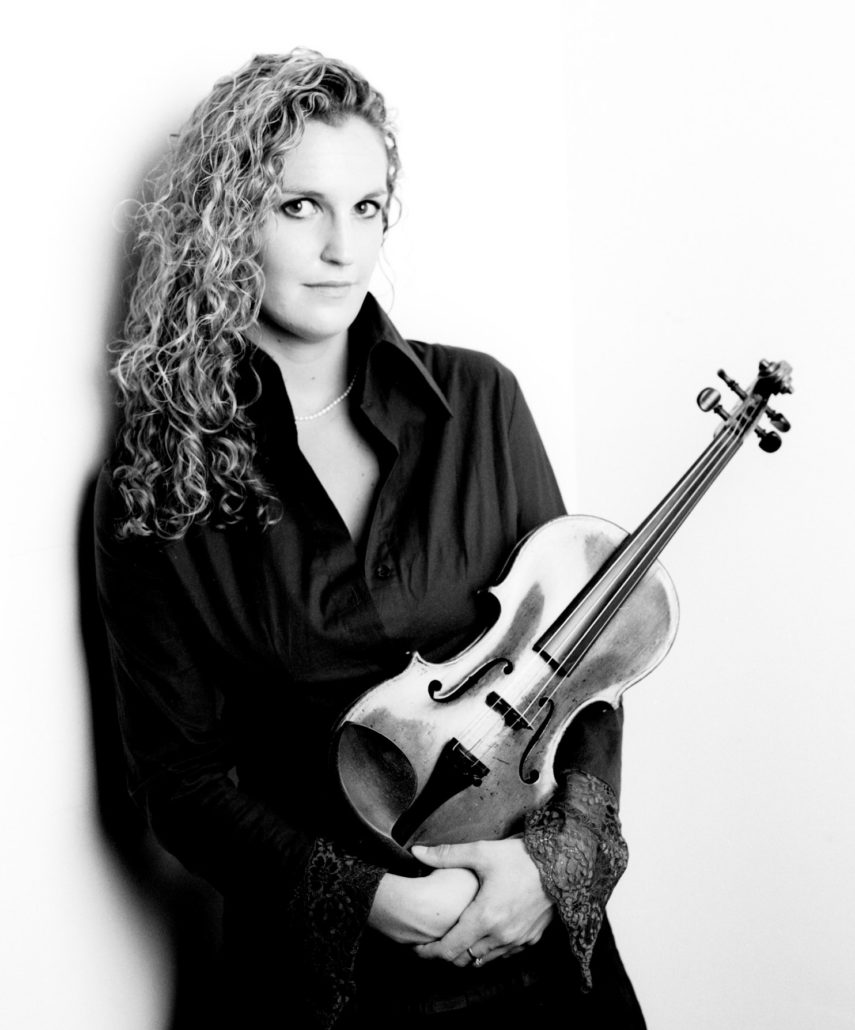
Music from the icons with Isata Kanneh-Mason

Music from the icons with Isata Kanneh-Mason
Felix Mendelssohn (1809-1847)
Piano Concerto No. 1 in G minor, Op. 25
I Molto allegro con fuoco
II Andante
III Presto
Felix Mendelssohn was born in Hamburg in 1809, the son of a prosperous banker and grandson of Moses Mendelssohn, the great Jewish thinker of the Enlightenment. His family was influential in cultural circles, and he and his sister were educated in an environment that encouraged both musical and general cultural interests. At the same time the extensive acquaintance of the Mendelssohns among artists and men of letters brought an unusual breadth of mind, a stimulus to natural curiosity.
Much of Mendelssohn’s childhood was passed in Berlin, where his parents moved when he was three, to escape Napoleonic invasion. There he took lessons from Goethe’s much admired Zelter, who introduced him to the old poet in Weimar. The choice of a career in music was eventually decided on the advice of Cherubini, consulted by Abraham Mendelssohn in Paris, where he was director of the Conservatoire. A period of further education followed, a Grand Tour of Europe that took him south to Italy and north to Scotland. His professional career began in earnest with his appointment as general director of music in Düsseldorf in 1833.
Mendelssohn’s subsequent career was intense and brief. He settled in Leipzig as conductor of the Gewandhaus concerts, and was instrumental in establishing the Conservatory there. Briefly lured to Berlin by the King of Prussia and by the importunity of his family, he spent an unsatisfactory year or so as director of the music section of the Academy of Arts, providing music for a revival of classical drama under royal encouragement. This appointment he was glad to relinquish in 1844, later returning to his old position in Leipzig, where he died in 1847.
As a boy Mendelssohn had tried his hand at the composition of concertos for one or two pianos, and had also written a concerto for piano and violin. In maturity he was to write two piano concertos, the first of which, in G minor, was composed hurriedly, as he made his way back from Italy, and written down three days before the first performance, on 17th October 1832 in Munich, with the composer as soloist.
The G Minor Concerto is unusual in a number of ways. In particular Mendelssohn dispenses with the customary orchestral exposition, as he was to do in the later Violin Concerto, allowing the orchestra a mere seven bars of introduction, before the brilliant intervention of the soloist with a virile subject characterised by a descending octave leap and ascending octave scale. From this the orchestra borrows a dotted rhythm and fashions material of its own in response. The second subject is surprisingly wide-ranging in key, moving via B flat minor to D flat major, where it remains until B flat major is regained via a brief reprise of the first theme. A full restatement of the secondary melody is heard from the orchestra, accompanied by flowing semiquavers from the piano. This material casts a Romantic mantel over what might otherwise seem a movement of Classical succinctness. The short development makes use of both subjects.
The recapitulation moves into the soulful slow movement via a dramatic brass entry on a chord of B major and subsequent cadenza. The characteristic principal theme is stated by the strings and restated in gently decorated form by the piano. This is demonstrable ‘Song without Words’ territory. The movement expands naturally into a simple ternary structure embracing only brief and incidental migrations from the tonic and dominant key areas. The movement comes to a complete standstill on a sustained chord of E major, although the score indicates that the final Presto follows almost at once.
The finale contains a lyrical, virtuoso tune that defies analysis in its simplicity and floridity. The resurgent repeated chord device for accompaniment enhances the sense of a light rather than an elegant purpose, almost suggesting the style of the drawing room galop so beloved of the later Victorians. The work’s concision proclaims an aversion to self-regarding display, and its conclusion admits of the conventional orchestral last word.
© Elizabeth Boulton
Stride draws inspiration from Ludwig van Beethoven’s Piano Sonata No. 8 in C minor, Op. 13, commonly known as Sonata Pathétique, which is in three movements:
I. Grave – Allegro di molto e con brio
II. Adagio cantabile
III. Rondo: Allegro
I chose a few melodic, rhythmic and harmonic fragments from each movement (exhibited as an appendix to the score) and developed these in the three corresponding sections of Stride. The title is derived from the octave leaps that stride in the left hand in first movement of Sonata Pathétique. I was immediately drawn to the driving energy of this bass movement and have used it as a tool to propel Stride.
“Clyne plunders recognisable gestures from the Beethoven and bends them, chameleon-like, into an array of moods from mad waltzes to chanting cries and stabbing strings à la Bernard Herrmann. It’s a wild ride of a piece, full of humour and virtuosity, and a clever link back to the music celebrated in this anniversary concert.” —Limelight Magazine
“It held the attention of the audience with clever, accessible invention, and plenty of excitement.” —JWire
LUDWIG VAN BEETHOVEN (1770-1827)
Symphony No. 5 in C minor, Op. 67
I Allegro con brio
II Andante con moto
III Scherzo: Allegro
IV Finale: Allegro
Let us not commit Beethoven to what he once said about the opening of his Fifth Symphony: ‘Thus fate is knocking at the door’. Trying to express the sense of music in words is a vain undertaking, and when Beethoven made this statement to Schindler, his devoted assistant but suspect reporter, he surely touched on only one aspect of this well-known theme. It is not, in fact, a self-contained motif but a point of departure for the kind of potential developments only Beethoven could have foreseen. It is also the nervous pulse in a movement of unusual power and concentration.
We can obtain a greater insight into the meaning of this theme if we examine Beethoven’s sketches, which have been preserved. From these we can see that the composition of the Fifth Symphony took no less than three years. The first sketches appear in 1805, but the Symphony was (probably) only completed in March 1808. The first performance took place in December 1808. The sketch-books give us an idea of Beethoven’s ingenious method of composition. Themes or motifs intended for one composition were often transferred to other works if Beethoven’s architectural intuition rejected them for the one he had planned originally. Thus the opening theme of the Fifth Symphony appears side by side with sketches for Piano Concerto No. 4 in G in which the figure of ‘fate knocking at the door’ assumes a much more gentle character. Sketches relating to the Symphony also include the insistent beat that dominates the first movement of Beethoven’s Violin Concerto. They show how Beethoven, having transferred the less dramatic versions of the symphonic theme to other works, gradually developed and concentrated the main subject of the first movement from which the entire Symphony was to grow. Once the character of the theme and its development was established, the other movements followed without anything like the effort involved in creating the form of the first movement.
Sketches for the other three movements appear in recognisable form soon after those for the opening Allegro con brio. The first idea for the second movement was conceived as a minuet in A flat and a trio in the same key, which became the triumphant second theme in C major. A little later, sketches in this key appear with the note ‘trombe, corni’ (trumpets, horns), and thus the character of the movements with its variations on the two themes in different keys was established.
There are many sketches for the third movement, which apparently took some time to assume its present form. What is most interesting, however, is that with these sketches Beethoven quoted no less than 29 bars of the last movement of Mozart’s Symphony No. 40 in G minor. Though key and time signature are different, Mozart’s theme betrays an obvious relationship with Beethoven’s Scherzo, and it is revealing and moving to discover that Beethoven unashamedly wrote down Mozart’s theme when he developed his own, so to speak, in sympathy.
In his early sketches Beethoven elaborated an idea for the finale, which he later abandoned. His Ninth Symphony, with its present choral finale, initially had a totally different wholly instrumental theme, which later became the main subject of the finale in his String Quartet in A minor, Op. 132. This illustrates how, as a composer, one must take the wrong turns first in order to find the right ones in the end. When the sketches for the Scherzo were sufficiently advanced, they prompted the extraordinary, initially mysterious link with the finale – an extended passage that arouses expectation but also anticipates the bright key of C major just before it is reached in all its glory at the beginning of the finale where the trombones play for the first time in the Symphony. This juxtaposition of two contrasting harmonies is a characteristic device that Beethoven also used in the Eroica and Ninth symphonies. An entirely new idea was the reminiscence of the Scherzo in the middle of the finale of the Fifth Symphony.
The seemingly endless succession of C major chords that brings the work to its conclusion is justified by the tremendous concentration that preceded it, not only in the last movement but in the entire Symphony. What an experience it must be to hear this work for the first time! But if we can recreate this experience and combine it with an understanding of how Beethoven assembled his themes from the sketches over a period of three years – discarding what did not fit, even at a stage when the first movement had only just begun to take shape – our appreciation of this Symphony will have acquired a new dimension.
Violin 1
Ruth Rogers
Sijie Chen
Nicoline Kraamwinkel
Ann Criscuolo
Martin Smith
Hatty Haynes
Violin 2
Katrina Lee
Gemma Sharples
Clare Hayes
Jessica Coleman
Jayne Spencer
Viola
Christine Anderson
George White
Sophie Renshaw
Diana Mathews
Cello
Sebastian Comberti
Ben Rogerson
Daisy Vatalaro
Double Bass
Benjamin Russell
Catherine Elliott
Flute
Fiona Kelly
Emilia Zakrzewska
Nicolas Bricht (piccolo)
Piccolo
Emma Williams
Oboe
Gareth Hulse
Katie Clemmow
Clarinet
Andrew Webster
Lewis Graham
Bassoon
John McDougall
Catriona McDermid
Claire Webster (contra)
Horn
Andrew Budden
Martin Grainger
Trumpet
Holly Clarke
Peter Wright
Trombone
Simon Baker
Rob Moseley
Daniel West (bass)
Timpani
Benedict Hoffnung
Chief Executive Flynn Le Brocq
Concerts
Artistic Projects Manager Sophie Haynes
Orchestra Manager and Fixer Jason Weir
Operations & Library Alex Mackinder
Development
Business Development Manager Ceri Sunu
Fundraising & Operations Peter Wright
Fundraising Consultant Paul Hudson
Partnerships Director Trudy Wright
Marketing
Senior Marketing & PR Manager Anna Bennett
Digital Marketing Manager Charles Lewis
Marketing & Events Coordinator Jessica Peng
Events
Royal Event Manager Rachel Rae
LBoC Events Producer Sophie Branscombe
Finance
Bookkeeper Debbie Charles
Leader sponsored by Debbie Beckerman & Keith Jones
Leader sponsored by Anonymous
Co Leader sponsorship vacant
First Violin 3 sponsored by Liz and Alistair Milliken
First Violin 4 sponsored by John and Rosalind Crosby
First Violin 5 sponsored by Christine Robson
First Violin 6 sponsored by Della Brotherston
First Violin 7 sponsorship vacant
First Violin 8 sponsorship vacant
Principal Second Violin sponsored by Geoffrey Shaw
Second Violin 2 sponsored by The Angel Family
Second Violin 3 sponsored by Keith Ball
Second Violin 4 sponsored by Alastair Fraser
Second Violin 5 sponsorship vacant
Second Violin 6 sponsored by Catherine Shaw
Principal Viola sponsored by Mark and Vanessa Petterson
Co Principal Viola sponsored by Raymond Calcraft
Viola 3 sponsored by Gill Cox
Viola 4 sponsored by Stuart & Joyce Aston
Principal Cello sponsored by Anonymous
Co Principal Cello sponsored by Jeffrey and Sophie Prett
Cello 3 sponsored by Gillian Noble
Cello 4 sponsored by Richard Morgan
Cello 5 sponsored by Colin and Helen Snart
Principal Double Bass sponsored by John Clarke
Co Principal Double Bass sponsored by The Bristow Family
Principal Flute sponsorship vacant
Sub Principal Flute sponsored vacant
Principal Oboe sponsored by Pat Sandry
Co Principal Oboe sponsored by Sean Rourke
Sub Principal Oboe sponsored by Geoffrey & Joy Lawrence
Principal Clarinet sponsored by Derek and Deirdre Lea
Sub Principal Clarinet sponsored by Graham Harman
Principal Bassoon sponsored by Sandra and Anthony Linger
Sub Principal Bassoon sponsored by Barbara Tower
Principal Horn sponsored by Chris Harman
Sub Principal Horn sponsored by Julia James
Principal Trumpet sponsored by Ishani Bhoola
Sub Principal Trumpet sponsored by Cynthia Harrod-Eagles
Principal Trombone sponsorship vacant
Sub Principal Trombone sponsorship vacant
Principal Timpani sponsored by Cynthia Harrod-Eagles
Principal Percussion sponsorship vacant

Mozart: The Mixtape
Saturday 10 February 2024
Fairfield Halls, Croydon
Isata Kanneh-Mason
piano

Pianist Isata Kanneh-Mason is in great demand internationally as a soloist and chamber musician. She offers eclectic and interesting repertoire with recital programmes encompassing music from Haydn and Mozart via Fanny Mendelssohn and Clara Schumann, Chopin and Brahms to Gershwin and beyond. In concerto, she is equally at home in Felix Mendelssohn and Clara Schumann (whose piano concerto featured on Isata’s chart-topping debut recording) as in Prokofiev and Dohnányi.
Highlights of the 23/24 season include performances with the Philadelphia Orchestra, National Arts Centre Orchestra Ottawa, London Mozart Players, Royal Philharmonic Orchestra on tour in the USA and Germany, Royal Northern Sinfonia, Cleveland Orchestra, Toronto Symphony, and Stockholm Philharmonic. With her cellist brother, Sheku, she appears in recital in Japan, Singapore, and South Korea in addition to an extensive European recital tour. Isata also gives a series of solo recitals on tour in the USA and Canada as well as at London’s Wigmore Hall, the Lucerne Festival, and across Germany.
In 2022/23 Isata made successful debuts at the Barbican, Queen Elizabeth and Wigmore halls in London, the Philharmonie Berlin, National Concert Hall Dublin, Perth Concert Hall and Prinzregententheater Munich. As concerto soloist, she appeared with orchestras such as the New World Symphony Miami, City of Birmingham Symphony, Barcelona Symphony, Geneva Chamber Orchestra and Los Angeles Philharmonic and was the Artist in Residence with the Royal Philharmonic Orchestra.
Isata is a Decca Classics recording artist. Her 2019 album, Romance – the Piano Music of Clara Schumann, entered the UK classical charts at No. 1, Gramophone magazine extolling the recording as “one of the most charming and engaging debuts”. This was followed by 2021’s Summertime, featuring 20th-century American repertoire including a world premiere recording of Samuel Coleridge-Taylor’s Impromptu in B minor and 2023’s endearingly titled album Childhood Tales is a tour-de-force showcase of music inspired by a nostalgia for youth.
2021 also saw the release of Isata’s first duo album, Muse, with her brother Sheku Kanneh-Mason, demonstrating the siblings’ musical empathy and rapport borne from years of playing and performing together. Isata and Sheku were selected to perform in recital during the 2020 BBC Proms, which was a vastly reduced festival due to the Covid-19 pandemic and they performed for cameras to an empty auditorium. 2023 sees her BBC Proms solo debut, this time to a fully open Royal Albert Hall, alongside Ryan Bancroft and the BBC National Orchestra of Wales.
Isata was an ECHO Rising Star in 21/22 performing in many of Europe’s finest halls and she is also the recipient of the coveted Leonard Bernstein Award, an Opus Klassik award for best young artist and is one of the Konzerthaus Dortmund’s Junge Wilde artists.
Jonathan Bloxham
conductor

British conductor Jonathan Bloxham takes up his post as Music Director of the Luzerner Theater from 23/24 season, when he will conduct their new productions of Boheme, I Capuleti and I Montecchi, and Dido and Aeneas. He continues as Resident Conductor and Artistic Advisor of the London Mozart Players (since October 2022), launching Croydon’s year as Borough of Culture with a community project involving hundreds of local amateur musicians at the LMP’s home at Fairfield Halls.
Jonathan made his Glyndebourne Festival debut in 2021, conducting 4 sold-out performances of Luisa Miller with the London Philharmonic. In Autumn 2021 he conducted Glyndebourne Touring Opera’s production of Don Pasquale, receiving 5 star reviews, having conducted two performances of Rigoletto for GTO in 2019. In September 2022, he joined the Luzern Symphony to conduct a production of Bartok’s Bluebeard’s Castle at the Luzerner Theater at the Luzern Festival.
Last season saw a string of debuts for Jonathan, including London Philharmonic, Swedish Chamber Orchestra, Belgian National Orchestra, Bonn Beethoven Orchester, Munich Symphony, Luzern Symphony and Aalborg Symphony. Along the way he established new relationships with leading soloists such as Steven Isserlis, Frank Peter Zimmermann,Daniel Mueller-Schott and Abel Selaocoe. He joined the Britten Sinfonia for the Barbican’s 40th birthday festivities, conducted the Salzburg Mozarteumorchester on multiple occasions, and returned to the Hallé Orchestra. Alongside many reinvitations this current season 22/23 sees debuts with the Tokyo Symphony, Trondheim Symphony and Royal Liverpool Philharmonic and at the Wiener Musikverein with musicians from the Vienna and Berlin Philharmonic orchestras
He has recorded CDs with the London Symphony Orchestra (2022) and Nordwestdeutsche Philharmonie (2021, Strauss and Cesar Franck): “irresistible” Musicweb International.
In 2009 Jonathan founded the Northern Chords Festival, which takes place every year in the region he grew up in, the North East of England. The festival has become known for unearthing little-known composers and innovative community projects, and through it Jonathan has commissioned several premieres by young composers such as Vlad Maistorovici, Jack Sheen and Freya Waley Cohen. Jonathan’s conducting career was launched when he took up the Assistant Conductor position at the City of Birmingham Symphony Orchestra from 2016-2018 under Mirga Grazynte-Tyla. He was then invited by Paavo Järvi to conduct the Deutsche Kammerphilharmonie, since when he has become a regular guest, going on to conduct across Europe with orchestras such as the Orchestre Philharmonique du Luxembourg, Lausanne Chamber Orchestra, Tapiola Sinfonietta and Basque National. Nearer to home he has returned to the CBSO, conducted the BBC Scottish Symphony Orchestra, BBC National Orchestra of Wales and National Symphony RTE.
Before taking up conducting he was a founder member and the cellist of the Busch Trio, performing regularly at the Wigmore Hall, across Europe and on BBC Radio 3, and still plays chamber music on occasion. Whilst studying at the Royal College of Music he won several prestigious awards including the Suggia Gift and the RCM Cello Prize; he made his concerto debut at the Berlin Philharmonie in 2012. He began his musical training at the age of 8 with a local cello teacher from the Gateshead Schools Music Service. He then studied at the Yehudi Menuhin School & Royal College of Music with Thomas Carroll before completing a Master’s degree at the Guildhall School of Music and Drama with Louise Hopkins, taking further conducting studies with Sian Edwards, Michael Seal, Nicolas Pasquet and Paavo Järvi.
Ruth Rogers
leader

Ruth Rogers studied with Itzhak Rashkovsky and Herman Krebbers. Described as “the finest of the younger generation of violinists” (Musical Opinion) and hailed by the Guardian as “superb”, Ruth is in demand as soloist, leader, and chamber musician. She was awarded the Tagore Gold Medal – the Royal College of Music’s highest accolade. She appears regularly at such prestigious venues as The Wigmore Hall with Aquinas Piano Trio and has made many recordings as part of that ensemble, including recent releases by Naxos which have been very well received by the critics.
Ruth was appointed as Leader of the London Mozart Players in 2015 and Leader of the Brighton Philharmonic Orchestra in 2022. She worked as Co-Leader of the Bournemouth Symphony Orchestra from 2008 until 2012 and appears as a guest leader of many other major orchestras including the Hallé, BBC Philharmonic, the City of Birmingham Symphony Orchestra and the Scottish Chamber Orchestra. Ruth has played to orphans, landmine victims and malaria patients in refugee camps on the Thailand-Burma border.

 A chat with Isata Kanneh-Mason and Jonathan Bloxham
A chat with Isata Kanneh-Mason and Jonathan Bloxham 